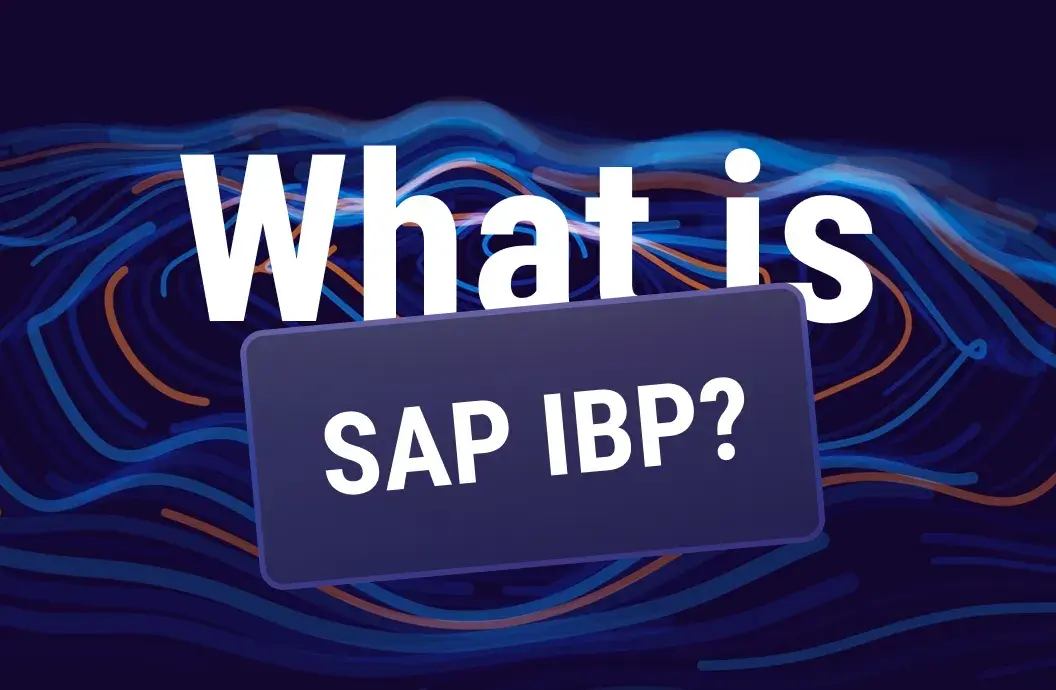Valery Tarasevich, Business Analyst and SAP Consultant at LeverX, speaks about the factors that slow down these processes and ways to address them.
An Agile Approach to Procurement: Why Follow and How to Achieve It
To stay competitive in today’s market, company managers must consider its volatility because businesses can stand significant impact when faced with global events.
In particular, they must increase the flexibility of procurement processes to avoid manufacturing downtime caused by another global failure. Valery Tarasevich, Business Analyst and SAP Consultant at LeverX, speaks about the factors that slow down these processes and ways to address them.

Why should companies streamline the agility of procurement processes?
At least because the market is too volatile today. If earlier you could update critical information once a day, today, all the data related to the procurement area have to be updated every second.
Why is it so crucial for businesses to update data in such frequency?
The reason is the market volatility. One critical event may discontinue the entire supply chain that was built for years. Continuous data collection and updates help companies adapt to volatility and set up processes so that they can be changed as soon as possible.
Procurement, warehousing, manufacturing, sales, and marketing are interrelated processes. If you change one of them, you must change the others. And then paperwork and document coordination lasting for months slow down all the ongoing work while your competitors bring new products to market.
Which procurement processes do in particular require transformation and increased flexibility?
Primarily, it is sourcing and all related activities. Purchase justification, technical specifications, and procurement commission that will make a final decision. While these wheels are not turning fast enough, the supplier is waiting.
And even after making a favorable decision, the process is not closed. You have to create a request, align it with an internal customer, convert it to RFQ (request for quote) or RFP (request for proposal), and send it to a tendering portal.
An even slower scenario (many state-owned enterprises do so today) is sending request letters to potential suppliers. As a result, correspondence exchange further delays the process. But each such activity can be digitized. You can get all the data online, integrate it with your ERP system, and send a request to a tendering portal from this system.
It takes a lot of paperwork when working with suppliers. What slows down the process in this case?
Again, endless contract negotiations between the customer and the supplier, as well as within the company. For example, several departments are involved in this process, and it may take a week for their managers to leave their comments.
Today many businesses tend to align contracts during the tendering processes by attaching their contract forms to the projects. It means that suppliers can review the terms and conditions while you are collecting applications. In this case, you don’t waste your time on contract negotiations after a necessary supplier is found and launch the delivery process almost immediately after closing the tender.
Does it mean that procurement process agility is based on time savings?
Exactly. Undoubtedly, some companies can afford not to save on this resource. As a rule, these are organizations that produce products to order. But discrete manufacturers, such as the FMCG industry, can stop production for a single moment. Any downtime is a financial loss for them.
What other factors impact procurement process agility?
Communication between company departments. It is important not to keep it to dry formalism, working on the following principle: you receive a document, sign it, and send it on. Department managers need an opportunity to discuss any questions.
The idea of agile procurement is problem-solving without an order from above. You can initiate to help your company make processes faster and more efficient.
Production without downtimes is more important than paperwork because downtime means thousands of dollars in losses.

What is more important, planning or agility?
Rapid response to changes and flexibility towards them. For example, a company creates a request to purchase servers. But at a certain moment, the situation changes, and the company has to move to a smaller office. An “inflexible” manager will appeal to an already aligned and created request and, most likely, will not change anything.
However, knowing that we have to move to a smaller office, we can adjust the number of required servers and our plan.
What solutions help businesses increase procurement process agility?
If we talk about sourcing, these are SAP Ariba and SAP S/4HANA. You create a request in the SAP S/4HANA system and send it to SAP Ariba, where the sourcing process can be launched within a few minutes.
SAP Ariba also offers a tool, Contract Management, which allows you to negotiate contracts online both within the company and with suppliers.
The digital signature feature helps to boost the negotiation process significantly. You no longer need to keep reminding the manager for days; you can quickly coordinate and negotiate the necessary documents within the system.
Is SAP Ariba only for SAP users?
No. SAP Ariba is a unique solution; even non-SAP suppliers can work with it. They can sign up for SAP Business Network and interact with SAP users with this portal. You need to send your supplier an invitation. They fill in a form, pass the verification, and immediately get the opportunity to participate in tenders.
Moreover, the SAP Quality Management solution creates a supplier rating within this portal. If you have already successfully cooperated with any of the suppliers, they can participate in your tenders without additional approval. If you have problems with suppliers, the system automatically doesn't include them when a new tender is launched.
Is your company lacking flexibility in procurement processes? Contact us, and our SAP consultants will dive deep into your business specifics to help.
TOP Systems Integration Company
The LeverX project team was responsible for implementing SAP Ariba solutions for transparent tendering, procurement process control, and user-friendly procurement interface.
The result?
- Seamless integration of SAP ERP with SAP Ariba
- Simplified current tender processes
- Timely organization of centralized e-auctions
- Enhanced purchasing experience with easy-to-use catalogs
How useful was this article?
Thanks for your feedback!


.webp)
-min-1.jpg)